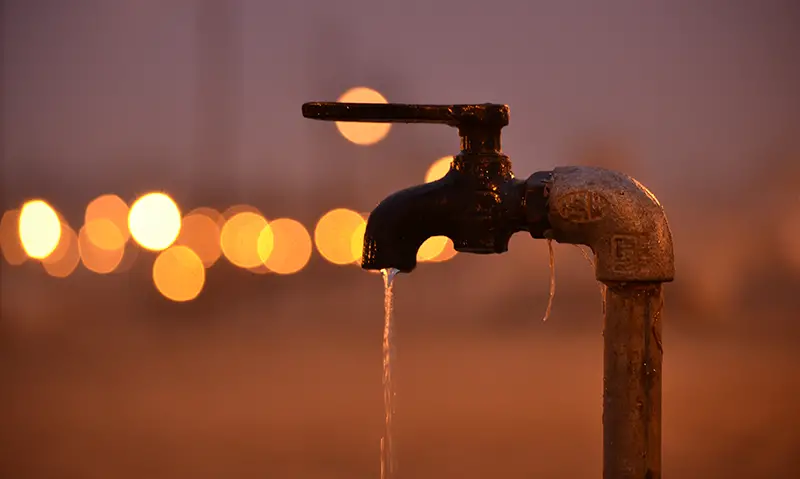Did you know that 40 out of 50 states in the US expect water shortage in our lifetime? That’s worrisome. Here are a few easy ways to conserve water at home.
One of those most important issues, which only seems to hit the world harder each year is an impending fresh WATER CRISIS.
Many of us remember the most recent story of Cape Town, South Africa. The situation is now has stabilized, but they were in such dire straits that they asked their people to lower their water usage by 13.2 gallons per day.
This is not just a Cape Town problem or an African problem. This is an issue that is projected to affect most of the United States in the not too distant future.
They say you can live without food even for a month but not more than 5 days without water.
From our daily showers, to laundry, to watering our lawns, we are using a huge amount of water.
Is this something we can fix? The truth is…better late than never!
Do We Really Need to Conserve Water?

YES!
Reason 1: Water is life. Unfortunately, if you are unable to get fresh water for a long period of time, chances are you won’t have long to live.
Reason 2: This is the only planet we have. If we don’t clean up our act, who will?
Reason 3: Saving water not only saves you money, but also saves energy. Thus, saving water also lessens your carbon footprint.
How to Conserve Water in the Kitchen
Before I start with ‘what you should do to save water in the kitchen’, did you know that our body is about 75% of water and every single person requires around 80 ounces of water every day?
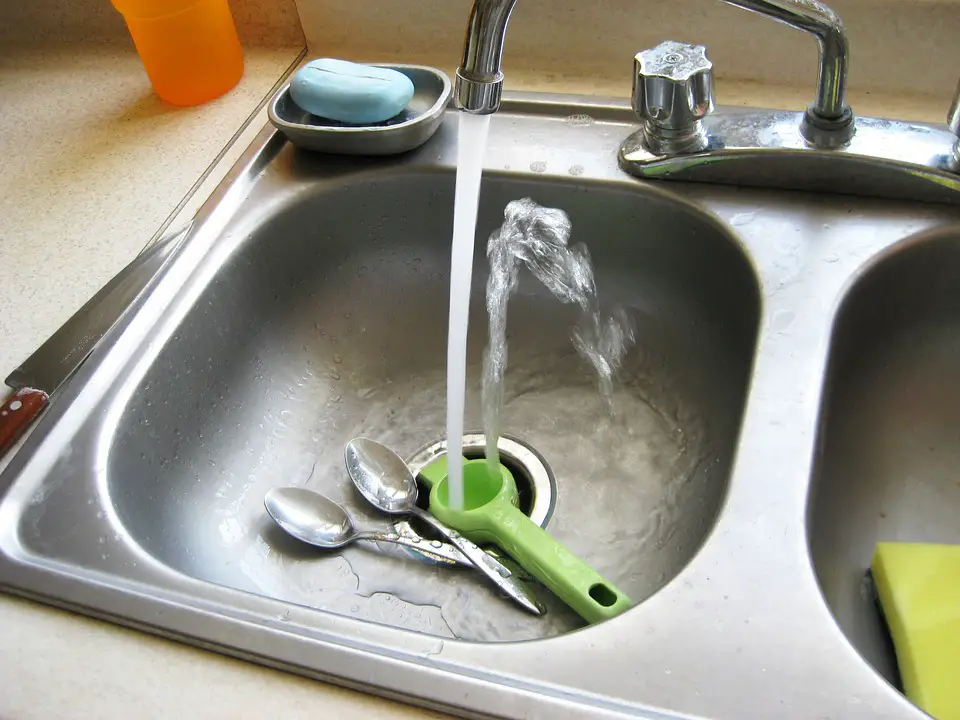
Fix the Leaks
Did you know that over 10% of the homeowners ignore small leaks in the kitchen? Did you know that even a small leak could mean increasing your water usage by 4x?
Avoid a Full Sink of Water
While cleaning fruits or vegetables, don’t just let the water run or fill the sink to the brim. Use a smaller tub or pan to do the same job with less water waste.
Load Your Dishwasher to Full Capacity
Avoid running to the dishwasher until you have a full load of dishes. It’s tempting to want to run it each night, but waiting an extra day or two each time could cut your water bill by 50%!
Use your Garbage Disposal Sparingly
When running the garbage disposal, you know you must run the faucet at the same time. Try to use other methods to dispose of leftover over food. You can either dump it in the trash or start a homemade compost bin.
Defrost Frozen Food in the Refrigerator
While running your frozen food under a cold tap will defrost it quicker, it’s very wasteful. Do your best to decide which food you’ll need the next day and thaw overnight.
Keep a Pitcher of Drinking Water in the Fridge
Keep a water pitcher in the fridge instead of running the faucet to make the water cold. Or, get a water cooler dispenser to do the job for you.
How to Conserve Water in the Bathroom
Did you know that an average bath uses approximately 37 gallons of water?
Even a 5-minute shower uses 15-25 gallons!
We’ve all gotten so used to our morning routines, that we rarely think of our levels of water consumption.
So now that we know this, what can we do to combat it?
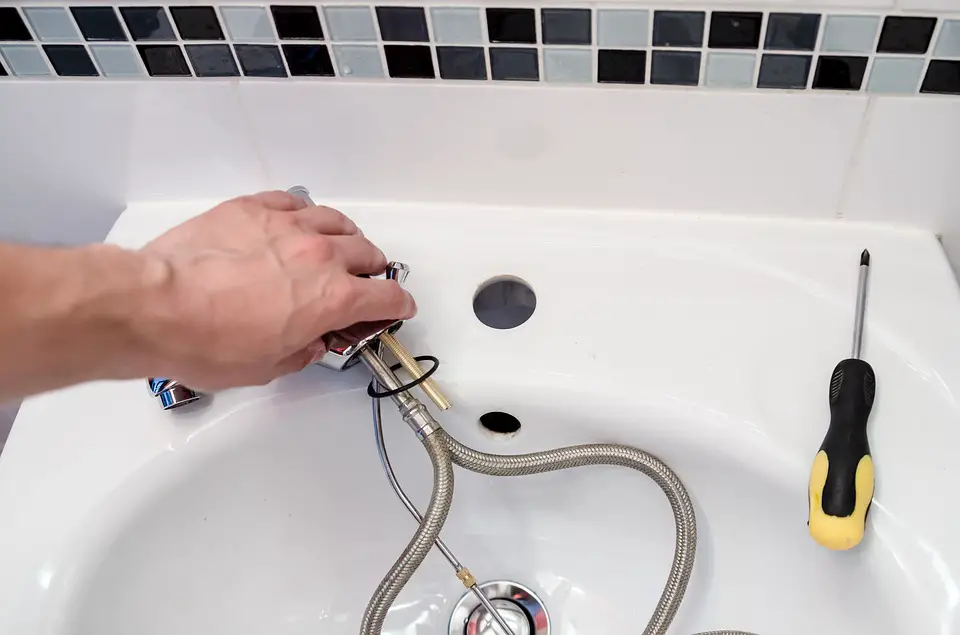
Check Faucets, Toilets, and Pipes for Leaks:
Regularly check your plumbing for leaks, as unknown leaks can waste up to 3,000 gallons per year.
An easy way to tell if your toilet is actually leaking or not is to add some food coloring or dye tablets in the tank. Leave it for 10-15 minutes without flushing, then if you see any food coloring in or around the toilet, you have a leak.
Turn the Faucet Off While Brushing or Shaving
Turn off the tap while brushing and between rinsing the razor while shaving.
Install Water Saving Shower Heads
There are many different types of shower heads on the market.
Installing a water-saving shower head can apply maximum pressure while using half the amount of water as conventional units. The water saving versions will use 2.5 gallons per minute compared to others using around 5 gallons.
These shower heads can cost you from $10-$30, depending on the quality.
Another great alternative is to install a valve behind the shower head so that you can turn off the water while lathering. Then, when you flip the valve back on, it maintains the temperature.
And just generally, try to take shorter showers!
Convert to a Low-Flush or Dual-Flush Toilet
Having low-flush toilets utilizes 1.6 gallons per flush vs normal toilets which use 3 to 4 times more.
Or you can get a dual-flush toilet. They give you the open to use less water for liquid waste and more water for solid waste.
How to Conserve Water in the Yard or Garden
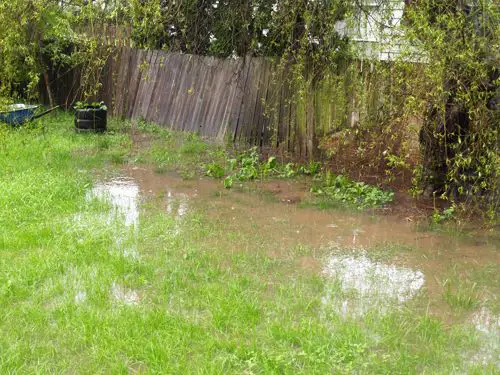
Install a Water Meter
Installing a water meter helps you stay aware of how much water you are actually using. Also, if you have specific water saving goals in mind, it can help you track them.
Use Smart Watering Tactics for Plants
Try to water during early morning or evening to reduce evaporation. You should also avoid watering on cold, rainy and windy days.
Always try to water your garden with a watering can or you can use a trigger nozzle on the garden hose. This will further save more water.
Try installing a rainwater collection system! Plants don’t care if there’s a little dirt in the water.
Maintain Your Sprinklers and Irrigation Timer
Irrigation timers need to be monitored regularly. Check for broken sprinkler heads or pipes and to see if the spray patterns are aimed correctly.
You can also install a drip irrigation system, which is an even better option to save water.
Make the Most of Mulch
Make a layer of mulch around trees and plants, which prevents water from evaporating and keeps the soil healthy as well.
Use organic mulch, which helps by enhancing the quality of your soil as it breaks down. Wood chips and bark are the best types of mulch.
Use a Bucket to Wash the Car
Using a bucket full of water to wash your car vs a garden hose can eliminate the use of extra water.
You can wash your car near the lawn so you can water the grass at the same time. Of course, be sure to use eco-friendly cleaning products if you go this route.
Cover Your Swimming Pools
If you have a pool, make sure you cover it during the warmer months to reduce evaporation.
How to Conserve Water While Doing Laundry
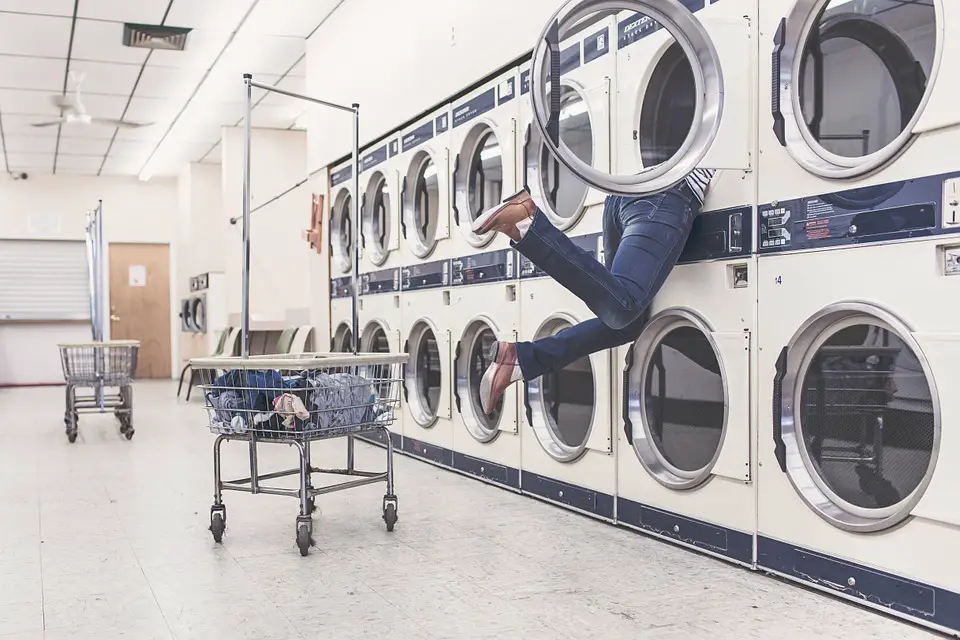
Purchase a Water Efficient Washer
Your traditional washing machines use 40-45 gallons of water per load. High-efficiency top-load or front-load washers use much less water!
Always do Full Loads of Laundry
Wait until you have a full load of laundry to clean your clothes.
Also, most of the top-load washing machines come with an economy mode, which helps in saving water and electricity as well.
Use Cold Water
Heating up water uses energy, so try washing your clothes in cold water whenever possible.
Keep Laundry Count to a Minimum
Items like jeans and sweaters are not meant to be washed regularly or every time you wear them. Wait until clothes are actually dirty and need to be washed. Doing this will save a lot of water and also prevents wear and tear on your clothes.
After your daily shower, make sure you hang the towels on the rack to air dry and you can use it a number of times before washing.
Another Few Water Saving Hacks
In the modern world we live in, water scarcity is a serious issue that we should be paying attention to now.
Here’s another few general tips we can all take advantage of in our own lives.
Sustainable Water Usage
Creating a sustainable water program starts at home, but will be much more impactful at the city, state or country level.
Be part of the solution in working towards ways to lessen domestic water consumption in all areas of life.
Boost Natural Regeneration of Vegetation
Regeneration means re-establishment of plants by some natural or artificial means.
Instead of abandoning the land, use regeneration techniques to encourage crops to be more energy efficient through creative planting.
Maintain and Improve the Quality of Water
Stop polluting the water now and work towards methods of continuously improving the quality of our water systems automatically.
Rainwater Harvesting
Rainwater harvesting means to store the water and use it later for other purposes.
These systems help to store the rainwater, filter it and act as storage for the processed water. The method is a very sustainable method for water use at one’s own home.
How to set up an Off-Grid Rainwater Harvesting system at home
Raising Awareness
No single authority or government official alone can bring a change. We the people have to come together in order to conserve water and demand changes.
“Be the change that you wish to see in the world.”
―
